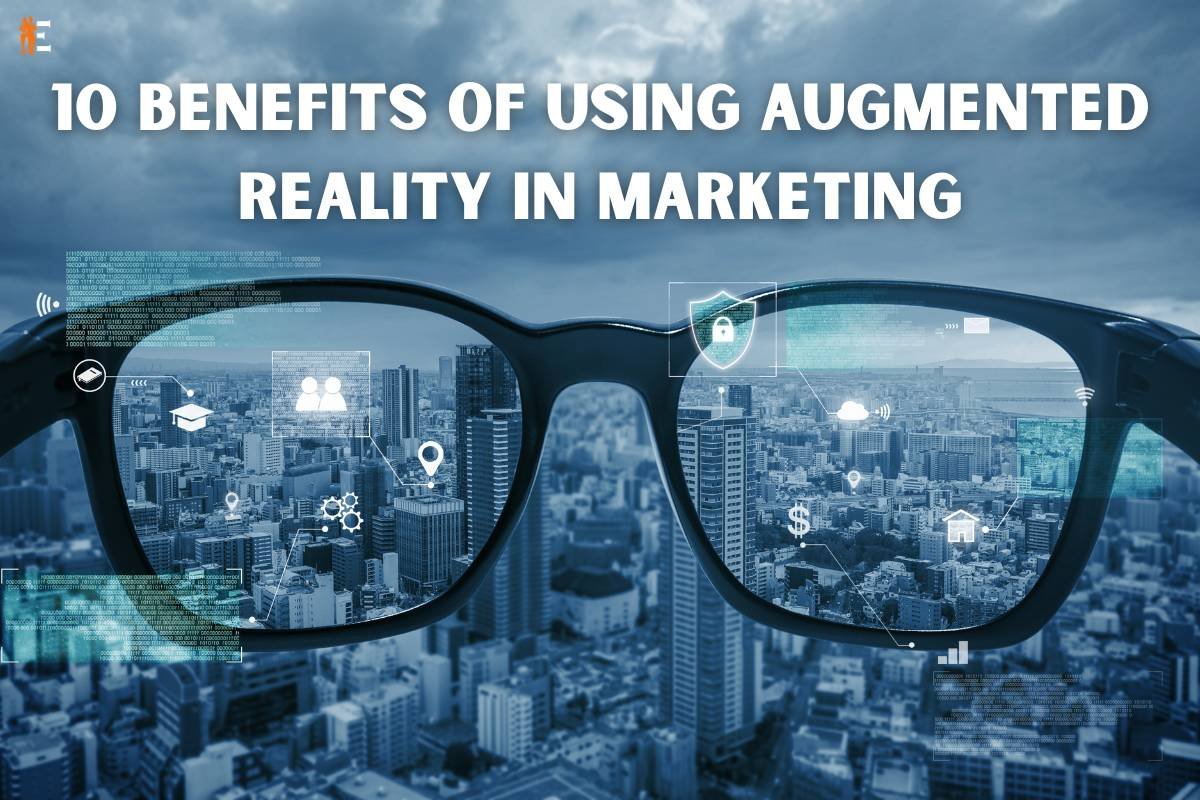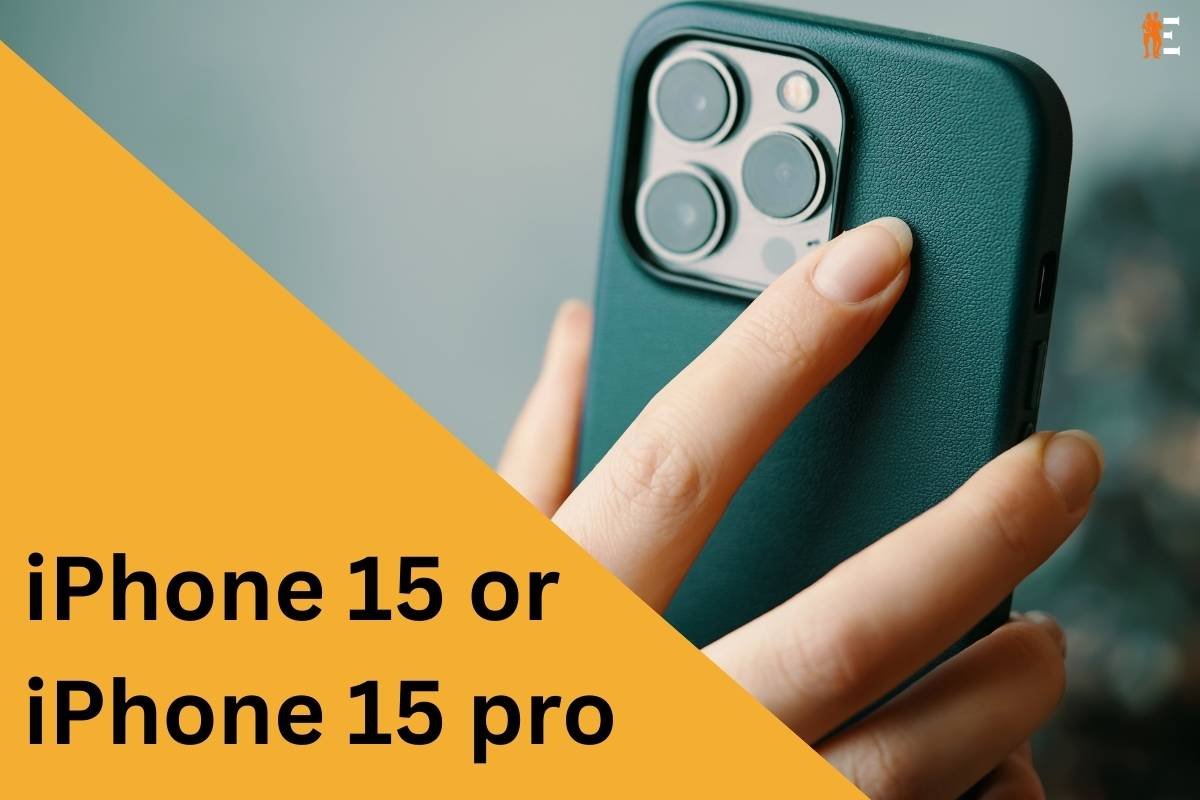In the marketing process, a lot of new technologies are often used to increase sales figures. Saving costs, providing a real-time experience, and raising customer satisfaction levels are the aims of most businesses. Without that, they won’t survive. In the competitive space we live in, the customer is always considered the king. This is true because the competition in the market is so fierce. Augmented Reality in Marketing is considered a game-changer. It provides a visual experience, and the prospect gets an opportunity to dive deep into the experience. It helps to bridge the gap between, the digital and physical worlds. The traditional approaches no longer prove to be effective for customers.
As businesses continuously monitor the trends prevailing in the market, with the help of augmented reality, it becomes easier to understand customers’ buying behavior.
Here are 10 Benefits of Using Augmented Reality in Marketing:
1. Enhanced Customer Engagement
Augmented reality in marketing paves the way for unparalleled customer engagement. By seamlessly integrating digital content into the physical environment, AR campaigns capture users’ attention and encourage them to actively interact with brands. This immersive experience fosters a deeper connection between customers and products, enhancing brand loyalty and customer satisfaction.
2. Interactive Product Visualization
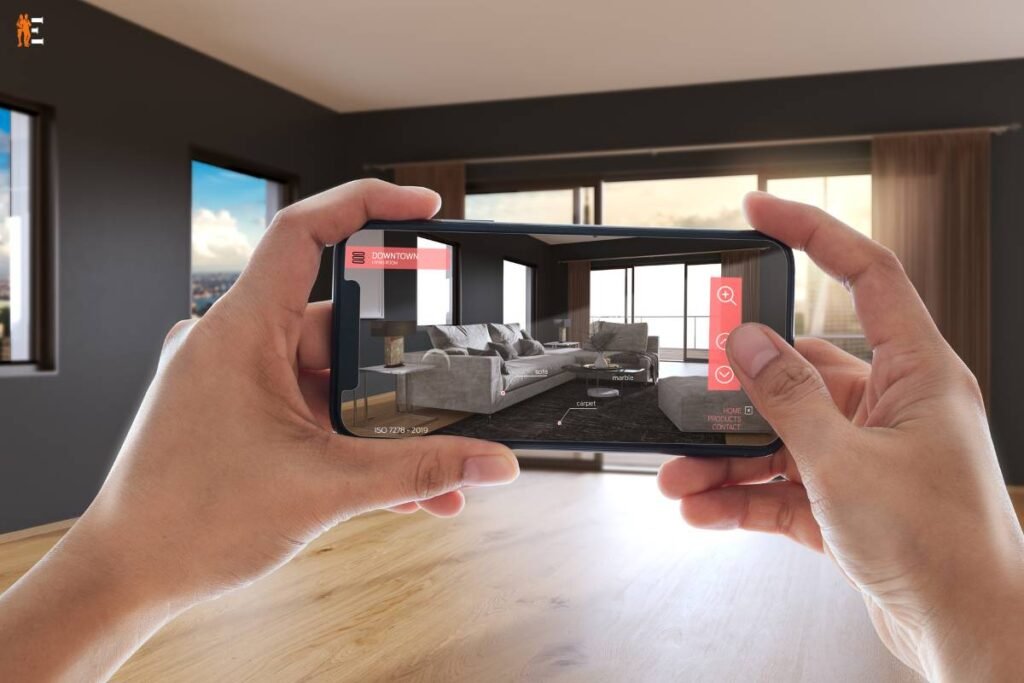
The ability to visualize products in real-world settings is a significant advantage for consumers. Augmented reality enables customers to virtually place products in their own environment, giving them a realistic preview of how products would fit into their lives. This not only boosts confidence in purchasing decisions but also minimizes post-purchase dissatisfaction.
3. Personalized Shopping Experiences
Augmented Reality in Marketing empowers brands to offer tailored shopping experiences. By analyzing user preferences and behaviors, brands can present personalized recommendations and offers, enhancing the overall shopping journey and fostering a sense of individuality.
4. Augmented Advertising Campaigns
Augmented reality in marketing adds a new dimension to advertising campaigns. Brands can create interactive and captivating advertisements that allow users to actively engage with content. These campaigns have a higher chance of going viral due to their novelty and shareability, thereby extending the reach of the brand’s message.
5. Boosted Brand Awareness
Incorporating augmented reality in marketing campaigns can create a buzz around brands. The uniqueness of AR experiences attracts media coverage and word-of-mouth promotion, increasing brand visibility and awareness in a highly competitive market.
6. Virtual Try-Ons
For industries like fashion and cosmetics, AR-powered virtual try-ons offer immense value. Customers can virtually “try on” clothing, accessories, or makeup products, enabling them to make informed decisions without physically trying on items. This not only saves time but also reduces the likelihood of returns.
7. Gamification of Marketing
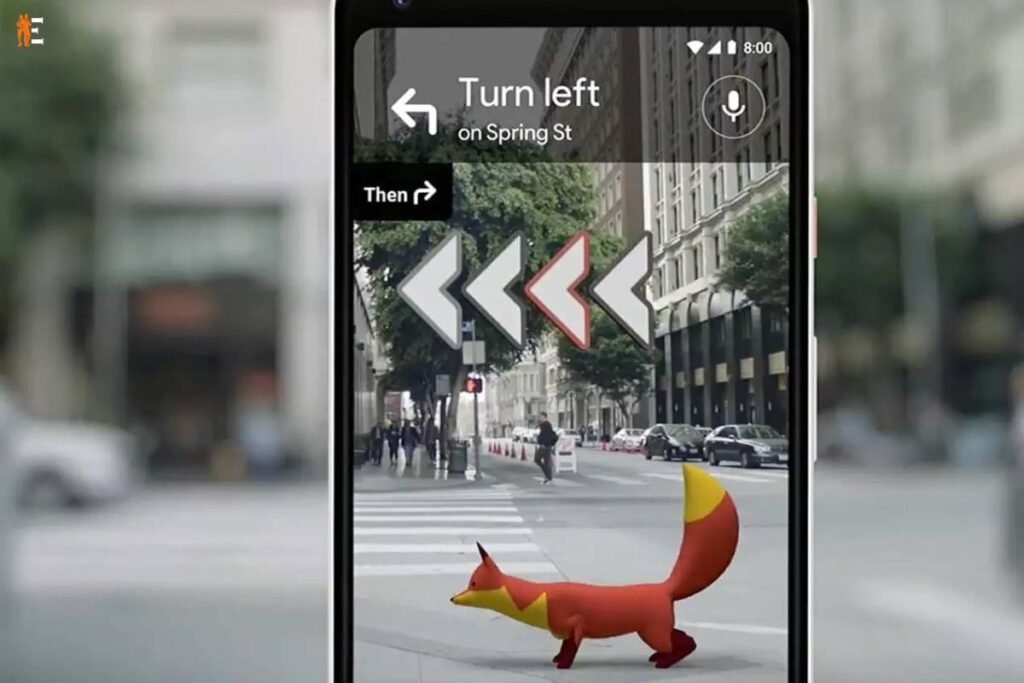
Augmented reality introduces an element of gamification into marketing strategies. Brands can develop interactive games and challenges that engage users while subtly promoting their products or services. This gamified approach boosts user participation and creates memorable experiences.
8. Real-time Information Sharing
Incorporating AR into marketing strategies allows brands to convey real-time information to users. This can include updates about product launches, promotions, or events. Users can access this information directly through AR interfaces, ensuring timely and relevant communication.
9. Seamless Integration with social media
The integration of augmented reality in marketing with social media platforms opens up new avenues for engagement. Brands can create AR filters and effects that users can apply to their photos and videos, effectively turning users into brand advocates as they share their augmented experiences online.
10. Data Insights and Analytics
AR-powered marketing campaigns provide valuable data insights and analytics. Brands can gather information about user interactions, preferences, and behaviors within AR experiences. This data informs marketing strategies, enabling brands to refine their approaches for better results.
Future Scope of Augmented Reality in Businesses
The future of augmented reality in businesses is undeniably promising. As technology continues to advance, AR is expected to become even more integrated into our daily lives. In marketing, this means that brands will have the opportunity to create even more immersive and engaging experiences for their customers. The rise of wearable AR devices, such as smart glasses, could lead to entirely new dimensions of marketing, where brands can deliver information and experiences directly to users’ fields of vision.
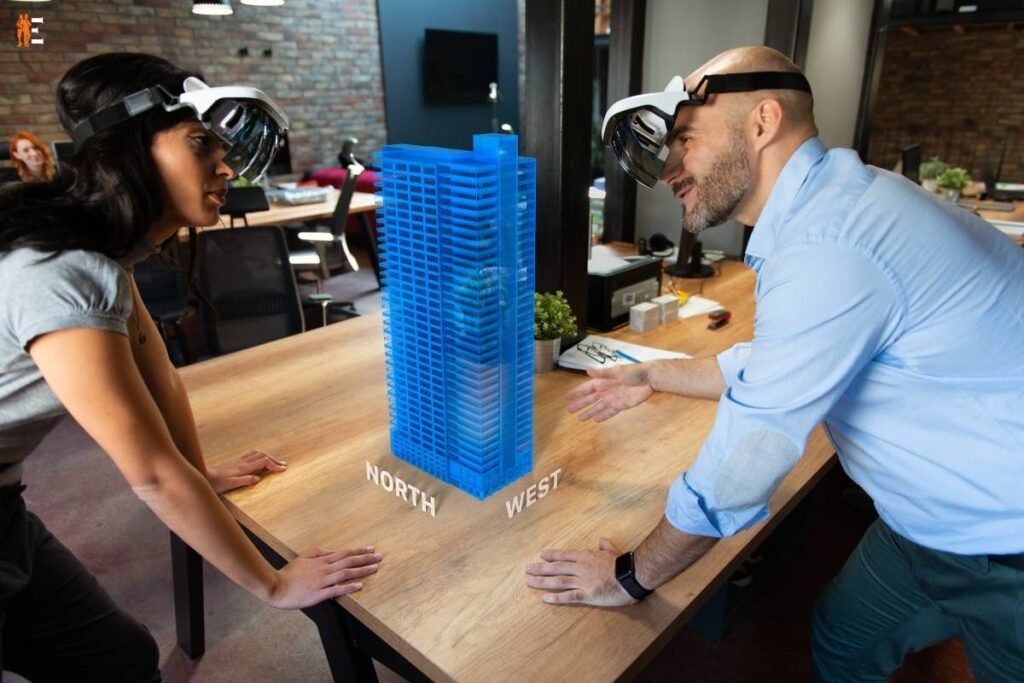
Moreover, augmented reality has the potential to revolutionize the decision-making processes for startups. Startups often operate in a resource-constrained environment and need to make strategic decisions swiftly. AR can provide startups with visualized data and simulations that help them understand the potential outcomes of different choices. This visualized data can significantly simplify complex information, enabling startups to make well-informed decisions more efficiently.
Increased Productivity for Startups and Brands
One of the standout benefits of augmented reality is its potential to boost productivity. Startups and established brands alike can leverage AR to streamline various processes, from design and prototyping to employee training and customer support.
For startups, creating physical prototypes can be time-consuming and expensive. With AR, these prototypes can be transformed into virtual models, allowing entrepreneurs to visualize and refine their products without the need for physical resources. This accelerates the product development cycle, reduces costs, and speeds up time-to-market.
In terms of employee training, AR can revolutionize the onboarding process. Startups can create interactive training modules that guide employees through tasks in real-world scenarios. This hands-on training approach enhances learning retention and minimizes the learning curve, ultimately contributing to increased productivity.
Furthermore, augmented reality in customer support can provide real-time assistance to customers. Brands can offer AR-powered guides and tutorials that help users troubleshoot issues or assemble products. This not only improves customer satisfaction but also reduces the strain on customer support teams.
Conclusion:
Augmented reality in marketing is a transformative technology that offers a plethora of benefits for businesses. From enhancing customer engagement and visualizing products to gamifying marketing campaigns and boosting brand awareness, AR has the potential to revolutionize the way brands interact with their audiences. As technology advances, the future of AR in businesses is brimming with exciting possibilities, from wearable devices to streamlined decision-making processes.
For startups, in particular, the integration of augmented reality can be a game-changer. It simplifies complex data, accelerates product development, enhances employee training, and improves customer support, all of which contribute to increased productivity and competitive advantage. As the business world continues to embrace the potential of augmented reality, it’s clear that this technology will play a pivotal role in shaping the future of marketing and beyond.

